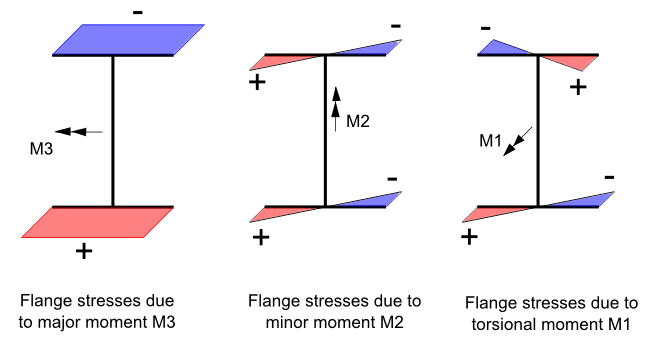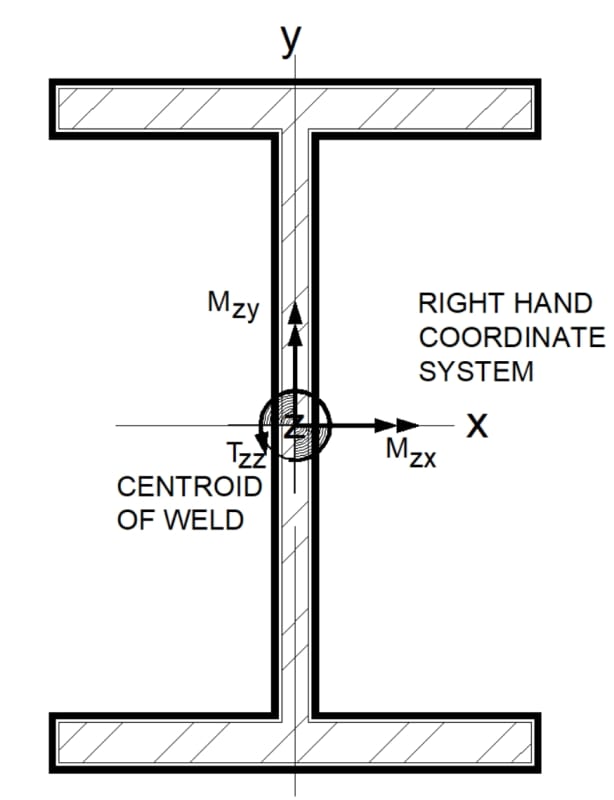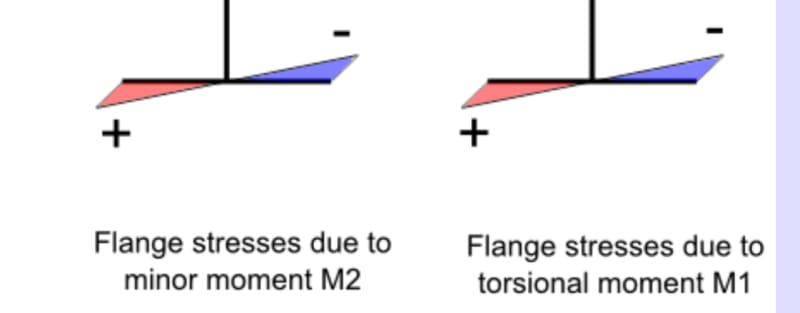MelBWasHere
Structural
Say I have a wide flange beam in a simple span condition, no lateral support of any kind.
I apply a point load "X" inches away from the beam centerline at the midspan (so an eccentric point load).
Would this loading condition be considered torsion or minor axis bending? I believe it to be torsion after reading AISC design guide 9 but a friend of mine insists it's minor axis bending.
Which is it? Maybe I'm an idiot & need to go back to school (I will be this fall for my master's, lol), but figured I'd ask here to get more thoughts.
I apply a point load "X" inches away from the beam centerline at the midspan (so an eccentric point load).
Would this loading condition be considered torsion or minor axis bending? I believe it to be torsion after reading AISC design guide 9 but a friend of mine insists it's minor axis bending.
Which is it? Maybe I'm an idiot & need to go back to school (I will be this fall for my master's, lol), but figured I'd ask here to get more thoughts.



